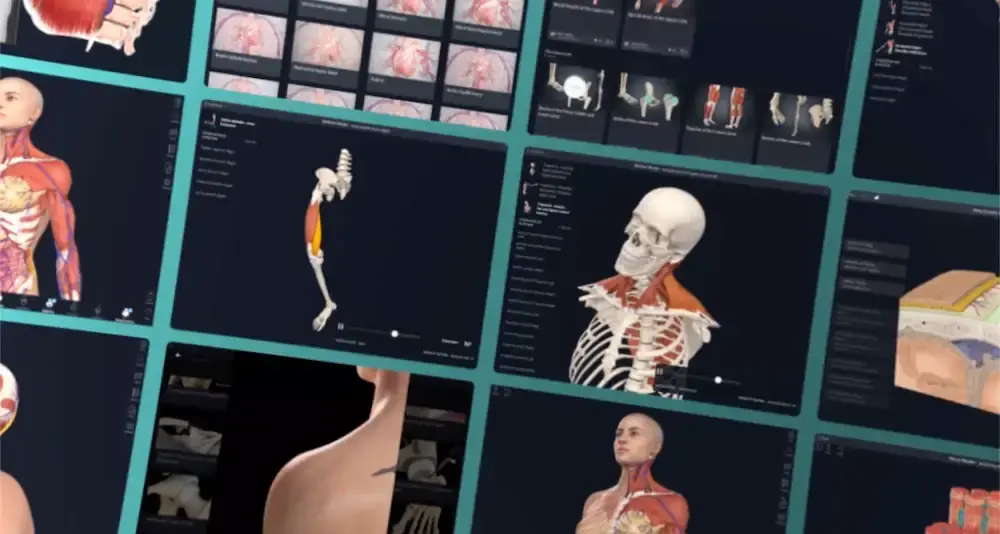
Quick Facts
Location: Foot.
Bone Type: Short bone.
Key Features: Tuberosity, calcaneal process, proximal and distal articular surfaces, and navicular articular facet.
Articulates With: Calcaneus, navicular bone, lateral cuneiform bone, fourth and fifth metatarsal bones.
Arterial Supply: Medial and lateral plantar arteries.
Related parts of the anatomy
Key Features & Anatomical Relations
The cuboid bone is one of the seven tarsal bones of the foot. It’s somewhat cube-shaped and is found in the distal row of tarsal bones. The cuboid bone is classified as a short bone and includes the following bony features:
- parts: tuberosity and calcaneal process;
- surfaces: dorsal, plantar, medial and lateral surfaces, and proximal and distal articular surfaces;
- landmarks: navicular, lateral cuneiform, fourth and fifth metatarsal articular facets.
More information regarding these bony features can be found in the Parts, Surfaces and Landmarks tabs for this bone.
The cuboid bone is located:
- proximal to the fourth and fifth metatarsal bones;
- distal to the calcaneus;
- lateral to the navicular and lateral cuneiform bones.
It articulates with the:
- fourth and fifth metatarsal bones, contributing to the formation of the tarsometatarsal joints;
- calcaneus at the calcaneocuboid joint;
- navicular bone at the cuboideonavicular joint;
- lateral cuneiform bone at the cuneocuboid joint.
The cuboid bone contributes to the formation of the lateral longitudinal arch of the foot.
Ossification
Ossification of the cuboid bone occurs at one ossification center, which appears just before birth (Standring, 2016).
Variations
In some individuals:
- the proximal articular surface may present in a different shape and size;
- an accessory ossicle, known as the os cuboides secundarium, may be associated with the cuboid bone (Standring, 2016).
Surface Anatomy
With regard to surface anatomy, the cuboid bone can be located by first identifying the tuberosity of fifth metatarsal bone, which can be palpated on the lateral aspect of the foot. The lateral surface of cuboid bone is then found in the depression located immediately proximal to this landmark.
List of Clinical Correlates
- Fracture of cuboid bone
- Calcaneocuboid coalition
- Cuboideonavicular coalition
- Cuboideocuneiform/cubocuneiform coalition
- Cuboid syndrome
References
Standring, S. (2016) Gray's Anatomy: The Anatomical Basis of Clinical Practice. Gray's Anatomy Series 41st edn.: Elsevier Limited.
Learn more about this topic from other Elsevier products
Cuboid Bone

The os peroneum is a rounded accessory ossicle found within the substance of the peroneus longus tendon, which forms a sling around the cuboid as it travels to its insertion on the plantar midfoot and is located just lateral to the cuboid bone.




